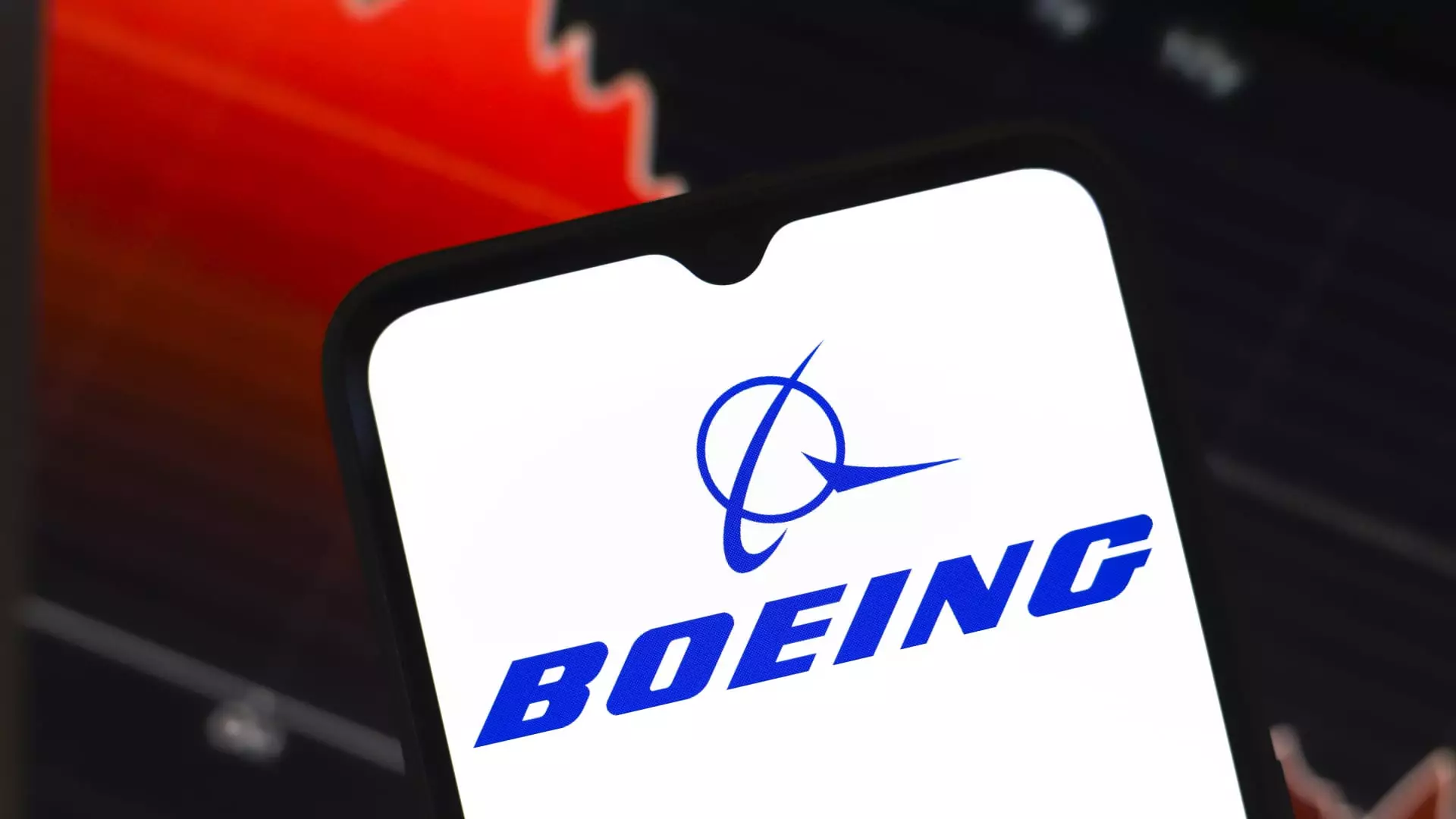Analyzing Investment Opportunities: The Evolution of Boeing, CVS Health, and Intel

In the world of stock investment, assessing the potential and pitfalls of individual companies is paramount for strategic decision-making. As we evaluate the current landscape of notable public companies, a closer look at Boeing, CVS Health, and Intel reveals contrasting narratives shaped by recent performance trends, management dynamics, and market forces.
Boeing’s journey over the past year has been tumultuous, characterized by quality control issues and labor unrest that significantly impacted its stock value. Despite a dismal 2023 that saw shares tumble by 32%, recent reports indicate a rebound, especially following a nadir at $138.14 in November, where the stock has since rallied by approximately 34%. Investment expert Tim Seymour of Seymour Asset Management emphasized that this is not the time to abandon the aerospace giant.
Seymour’s optimism seems founded not merely in market sentiment but in a pragmatic analysis of Boeing’s operational strategies. He notes that the company has endured significant cash burn, with profitability eluding its grasp. However, there is a silver lining on the horizon; he forecasts that by 2026, Boeing could finally turn free cash flow positive. This anticipated transition hinges on bolstering operational efficiencies and addressing previous missteps.
Investors considering Boeing must brace for volatility, yet the potential for it to transform into a “free-cash-flow machine” is enticing for those willing to ride out the uncertainties. As Boeing aligns its operations and financial strategies, it represents a multifaceted investment opportunity that demands close observation.
While Boeing’s trajectory showcases the complexities of recovery in the aerospace sector, CVS Health illustrates a compelling turnaround story in the health services arena. The company’s stock, which plummeted 43% last year, has seen remarkable rejuvenation, soaring roughly 47% since the new year commenced. This revival coincided with a robust fourth-quarter earnings report that exceeded analyst expectations, marking a critical turnaround after a prolonged downturn.
Seymour points to the strategic overhaul of CVS’s leadership as pivotal to its renewed success. Under the guidance of new CEO David Joyner, who emphasized profitability within Aetna’s health insurance sector, CVS appears to be repositioning itself for sustainable growth. The acknowledgement of previously stagnating margins has prompted necessary adjustments to rationalize the business model.
Investors should take into account CVS’s trajectory in the health industry and the significant implications of its strategic restructuring. The company’s ability to solidify a sustainable growth model could spell a rewarding investment in a sector that is essential to modern healthcare.
In stark contrast to the narratives surrounding Boeing and CVS, Intel finds itself in a precarious position, characterized by skepticism and vulnerability. After suffering a staggering 60% decline in 2024, the company’s stock did experience a modest recovery aided by recent announcements regarding U.S. commitment to technological leadership. Nonetheless, Seymour’s remarks reflect a deeper disillusionment, describing Intel as a “rudderless ship” in desperate need of strategic direction and strong leadership.
Investors evaluating Intel should consider the broader implications of uncertainty within its executive ranks and operational strategizing. With a market characterized by rapid technological advancements and shifting competitive dynamics, Intel’s future hinges on its ability to innovate and revitalize its product offerings. The sentiment expressed by Seymour signifies a potential risk factor, as he conveys a sense of betrayal by a company that has yet to meet investor expectations.
Investing in stocks like Boeing, CVS Health, and Intel reflects the multifaceted nature of the market, where recovery, growth, and stagnation coexist. Boeing and CVS demonstrate paths toward recovery through strategic realignment and operational enhancement, while Intel serves as a cautionary reminder of the risks associated with leadership inconsistencies and market challenges.
For investors, the key takeaway is the necessity of careful analysis and adaptability. Those willing to engage with the evolving narratives surrounding these companies may discover potentially lucrative opportunities amidst the complexities of the investment landscape. The potential for revival, coupled with the imperative for strategic oversight, makes the world of corporate investment both a challenge and a rewarding endeavor.





